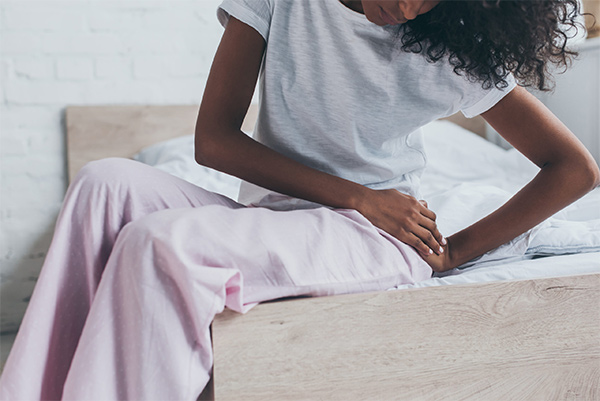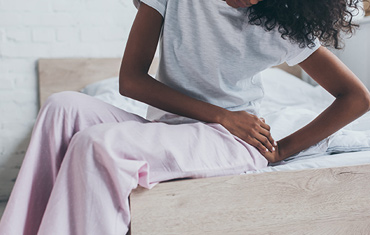
In the words of pop star Shakira, hips don’t lie. That’s especially true as we get older. All those years of wear and strain on the hip joints can start to tell on us. And eventually, everyday activities like climbing stairs or just getting up from a chair can cause pain and stiffness. Whether you’ve got hip symptoms or not, taking the time to develop a few healthy hip habits can go a long way toward preventing serious discomfort. With the new year right around the corner, it’s the perfect time to take on a few exercises to keep your hips in good shape for years to come.
How do you keep your hips healthy?
According to the American Academy of Orthopedic Surgeons, about 300,000 hip replacement surgeries are performed every year in the U.S. Advances in technology and surgical techniques mean today’s hip replacement surgeries are more successful than ever. Still, you don’t want to have surgery unless you absolutely need to. And for a lot of people, surgery can be avoided or at least postponed with just a little time and effort. How? Through regular exercise. When performed routinely, gentle hip exercises can increase your strength and flexibility, reduce pain and improve your balance. Even better: You can do hip exercises at home without any special equipment.
What exercise is best for healthier hips?
Gentle, low-impact exercises are best for treating sore hips and for preventing pain as well. These three stretches are ideal for conditioning your hips:
Iliotibial band stretch
The iliotibial band is a long tendon that runs along the outer side of your hip and thigh. Keeping it supple can prevent a painful condition called iliotibial band syndrome. To do this stretch, stand up straight several next to a wall, several inches away from the wall. Do not start out leaning against the wall — it’s just there in case you lose your balance. Now cross the leg that’s next to the wall (the inner leg) behind the outer leg. Lean toward the wall so your inner hip feels the stretch. Hold the stretch for about 30 seconds, then switch sides. Repeat the stretch two or three times on each hip.
Hip abduction
Lie on your side on a firm, flat surface. Bend the knee of your lower leg to provide support. Place the hand on your upper arm palm down on the floor in front of you for stability. Use your other arm to support your head and neck. Keeping your upper leg straight, raise it 8-10 inches above your lower leg. Hold it for five seconds before slowly lowering it. Repeat five times, then switch sides and repeat with the other leg.
Hip adduction
Yes, it sounds the same as the previous exercise, but it works different muscles. Lying on your side, this time you’ll cross your upper leg over the lower one, bending your knee so your foot is flat on the ground in front of your lower leg. Next, raise your lower leg a few inches off the ground and hold it for about five seconds. Lower your leg slowly and repeat five times. Then switch sides and repeat for the other leg.
All three of these muscles help strengthen the thigh muscles that support your hip joint. Make them a part of your regular routine, and in a few weeks, your hips will be stronger, more flexible and more stable.
Is walking good for hip pain?
Walking is one of the best exercises for bad hips. Again, the key is to start out slowly. You’re not trying to set any speed records. You just want to keep your joints flexible and strong. Before starting any walking program, invest in some supportive shoes and do some warm-up exercises to avoid straining the hip muscles. Other good exercises for sore hips include swimming, yoga and tai chi.
Preventing Hip Pain
If you’re already having pain, it may be tempting to turn to YouTube when you’re looking for hip exercises you can do on your own. But to make sure you’re doing them correctly (and to avoid injuring your hips), it’s a good idea to look into physical therapy. In physical therapy, exercises for hips are tailored specifically to you.
Before therapy begins, Dr. Van Thiel will evaluate your hips and your medical history. You’ll probably have X-rays or other imaging studies to diagnose the cause of your symptoms. Then, Dr. Van Thiel will help you decide on the exercises and activities that are best for your hip health.
Healthier, happier hips can be yours in the new year, but you need to start that exercise routine now to enjoy the benefits in a few months. If you’re having hip pain or if you’d like to learn more about preventing hip pain in the future, call and schedule an office visit with Dr. Van Thiel today.





